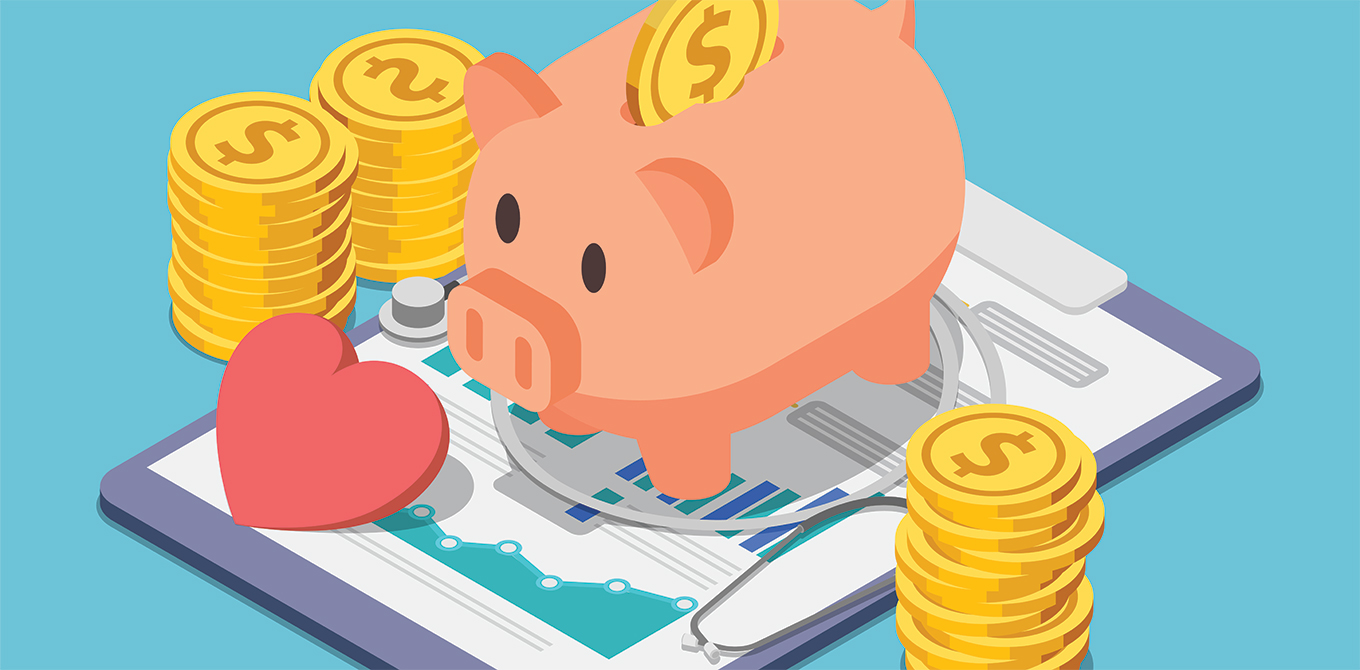10 important banking terms you should know
Understanding key banking terms is an important part of making decisions about everything from choosing a credit card to buying or renovating a home. These 10 terms and acronyms are commonly used in banking and learning what they mean can help you become more confident when making financial decisions.
1. FDIC
FDIC stands for “Federal Deposit Insurance Corporation” and it guarantees that no matter what happens to the bank, your deposits are insured up to $250,000.
2. APR
APR is an acronym for “annual percentage rate”, which is the interest you’re being charged to borrow money plus the costs associated with the loan on a yearly basis. Basically, it’s the annual “price” of borrowing money.
3. APY
APY is short for “annual percentage yield.” Basically, it’s the percentage rate that determines the total amount of interest you’ll earn, based on the interest rate and frequency it’s compounded in a year. You can think of compounding as “interest on interest.
4. FICO
FICO stands for Fair Isaac Corp. and is one of the leaders in credit scoring models. A FICO score is different than a credit score and is based on 6 factors: account status, payment history profile, current balance, credit limit, high credit/original loan amount, and amount past due.
5. DTI
DTI is an acronym for “debt-to-income” ratio. It’s your monthly debt payments divided by your gross monthly income (before taxes). It’s one part of how lenders determine if they will lend to you.
6. LTV
LTV stands for “loan-to-value” ratio. It is the ratio of a loan amount divided by the value of an asset (mortgage loan/home appraisal = LTV). It is part of what lenders use to determine if they will extend a loan.
7. HELOC
HELOC is an acronym for home equity line of credit. A HELOC is a revolving credit line that is secured by your home. The credit limit is based on the equity in your home and interest rates could be fixed or variable.
8. PMI
PMI stands for Private Mortgage Insurance. It is usually required if you take out a mortgage from a lender and make a down payment of less than 20 percent of the home’s purchase price. Or if you’re refinancing and your equity is less than 20 percent of the value of your home. Like other kinds of mortgage insurance, PMI protects the lender if you stop making payments on your loan.
9. Mortgage Points
Mortgage points are fees paid with the closing costs on your home loan to help lower your mortgage loan interest rate. By paying points, you pay more upfront, but you receive a lower interest rate and therefore pay less over time. The points are paid at closing and increase your closing costs.
10. IRA
IRA is an “individual retirement account.” Essentially, it’s a type of account that offers tax advantages when saving for retirement. Anyone can open an IRA, even if you have a retirement account through your employer.
With a better understanding of these important banking terms, you’ll feel more comfortable and informed when making financial decisions.




